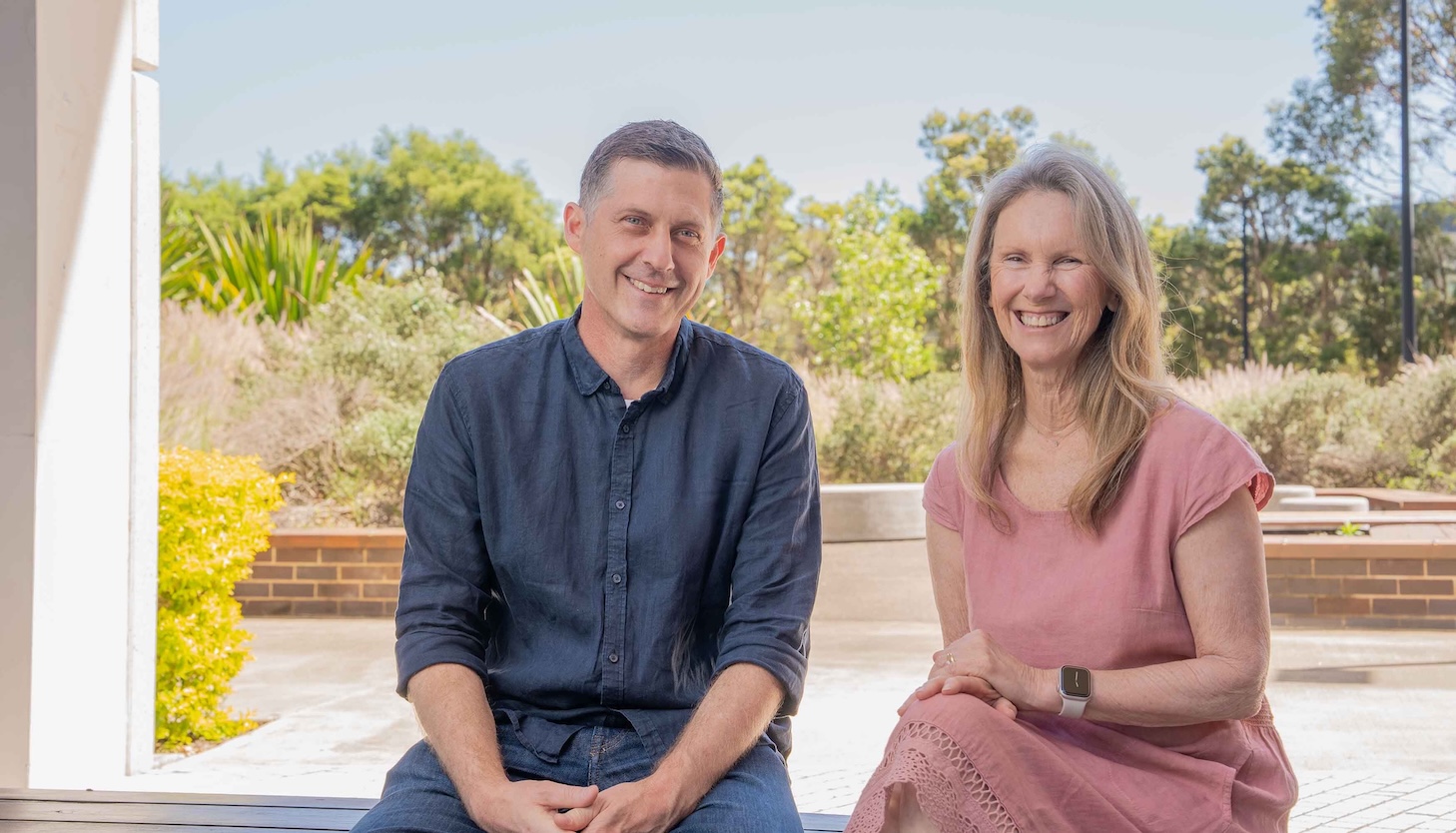A new study has found that young Australian women are no more likely than young men to speak with a "creak" in their voices, contradicting popular and media perceptions that creaky voice – also known as vocal fry – is a mainly female phenomenon in modern English.

Researchers analysed the voices of teenagers from Sydney's Northern beaches over the past three decades.
Using advanced analysis of recorded samples, linguistics researchers at Macquarie University found no significant difference in the prevalence of creak between male and female speakers.
However, the study, published in the Journal of the Acoustical Society of America, did identify an increase in creak prevalence among young female speakers over the past 30 years by comparing current native English speakers with a matched group from the past.
The perception that creaky voice – a low-pitched, crackly tone associated with slow, irregular vibration of the vocal folds – is on the rise among young women has attracted media attention and even mockery in popular culture, where it has been portrayed and criticised as an affectation "used by teens and Kardashians to signal indifference".
Some Australian actors and celebrities noted for their creak in recent years include Margot Robbie, Sophie Monk and Robert Irwin.
"We found it interesting that changes in vocal characteristics like creaky voice have been attributed mainly to girls, even though no one had really collected data to support that suggestion," says Professor Felicity Cox of the Department of Linguistics at Macquarie University.
"So we set out to see if there was any empirical evidence for a change in creak prevalence in young speakers of Australian English."
Thanks to Professor Cox's own early work, the researchers were able to access a recorded 'time capsule' of English as spoken by teenagers from Sydney's suburban Northern Beaches area in 1989 and compare voices across the decades.
"The fact that it's one of the least linguistically diverse parts of Sydney makes the Northern Beaches an ideal place to study changes in spoken English over time," says Professor Cox, a leading authority on the phonetics of Australian English.
Although the proportion of residents of Greater Sydney born overseas has increased dramatically, the number of households where only English is spoken has remained remarkably steady in the suburban Northern Beaches area: 88.7 per cent in 1986 compared with 87.4 per cent in 2021.
Recordings of contemporary (2020s) Northern Beaches teenagers were compared with those collected in 1989 using automated creak detection and other tools for acoustic analysis, a combination pioneered by first author Dr Hannah White.
The data showed no significant difference between males and females among contemporary speakers, with a significant increase in creak prevalence for females over time, but no increase for males.
The finding that male and female teenagers in the 2020s use creak to similar degrees contradicts the media narrative but didn't surprise study co-author Dr Joshua Penney, Lecturer in the Department of Linguistics.
"It may be that creak is simply more noticeable in female speakers because there tends to be a larger pitch difference between a higher 'normal' voice and the lower-frequency creaky voice in females," says Dr Penney.
"In other words, listeners may be less sensitive to creak in male voices, so the increase in creak in female voices has been salient enough to trigger comment and criticism.
"Creak has been a distinctive feature of many famous male voices over the years – listen to Sean Connery say 'Bond. James Bond' and you'll hear creak, but it attracts less attention in males."
Creak is a well identified marker of an impending pause in speech, coming at the end of a phrase or sentence in many varieties of spoken English, and the Macquarie investigators found creak was more likely to occur on words that were pre-pausal among both male and female speakers and across both time points.
However, males were more likely than females to use creak when a word wasn't in a pre-pausal position.
Together with the finding that male speakers were creakier than females 30 years ago, this tends to support the idea that creak might previously have been a marker of 'masculinity'.
Just why creaky voice might have increased in young females over time is a question for linguists and sociologists to consider more fully, says Professor Cox.
"There's a dynamic relationship between language and society, and that's reflected in the way language is constantly changing," she says.
But there is no evidence yet that greater exposure to creaky voices and accents from overseas via the internet or social media has had a significant influence on the way young Australians speak English.
"In the end, peer interaction is far more powerful than media in spreading changes in speech," says Professor Cox.

Professor Felicity Cox (above right) is a Professor in the Department of Linguistics and a member of the Centre for Language Sciences (CLaS) at Macquarie University
Dr Joshua Penney (above left) is a Lecturer in the Department of Linguistics at Macquarie University






